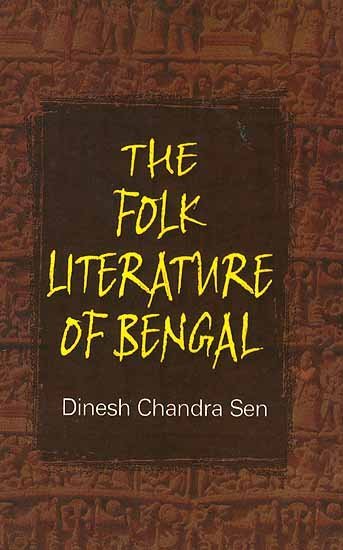Folk Tradition of Bengal (and Rabindranath Tagore)
by Joydeep Mukherjee | 2018 | 49,317 words | ISBN-10: 8186036989 | ISBN-13: 9788186036983
An English study regarding the Folk Tradition of Bengal and its influence on Rabindranath Tagore—an important Bengali polymath from the 19th century who excelled in philosophy, arts (painting), literature and music. This research tries to initiate the semantic aspect of “folk” through the help of various dictionaries....
Chapter 2.10 - Rabindranath Tagore and Pandit Vatkhand
Pandit Vatkhande is one of the pioneering classical artists not only in India but all over the globe. He gripped western philosophy during his study in several universities. He for the first time tried to legitimize classical music. He showed the courage to divide into ten ‘thaats’. What is much more important is that the researcher’s strenuous effort to compare these two giants in two different fields. The research reflects how Tagore involves himself in ‘Sandhiprakash Ragini’ created by Pandit Vatkhande.
The research again takes the charge to present how Tagore took the initiative to translate the ideas of Vatkhande and spread amongst common folk. The researcher has also travelled to that book to enlighten our knowledge. The research focuses how Tagore very easily reaches to them with the general concept of sangeet. He says ‘sandhi’ means ‘union’. Day and night consists of twenty four hours. Among these twenty four hours only two times namely in the morning and in the evening they get united. This union is called ‘sandhi kal’. Tagore with his typical literary flavour avers that slowly and silently they approach each other for the same interest of union.
The research strictly confesses its inability to inform us about the meeting point of these two giants and the consequent queries regarding the incident. It also informs us that there is no definite reason for which Tagore looks back. Here in the concluding chapter the researcher suggests that only for the sake of personal interest he has taken resort to Pandit Vatkhande.
Now the research turns to his own creation that is Rabindra Sangeet. It is indigenous in tone and temperament. From the very style of singing it can easily be identified. But astonishingly Tagore mixes the elements of ‘sandhi raagas’ and style of singing shown by Pandit Vatkhande. Tagore’s seminal essay “Sangeet and Vab” conceptualizes these basic factors. The research also shows its inclination to find out some quotes of Tagore regarding the influence of classical music on him and the consequent changes that he brought after he typically researched on Pandit Vatkhande. The language of the research really fulfils the desire of a reader with its lucid illustrations.
